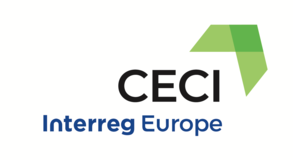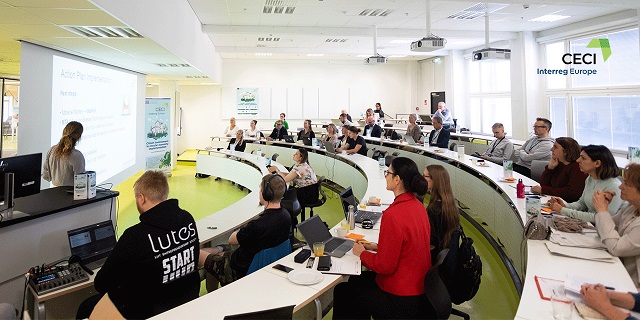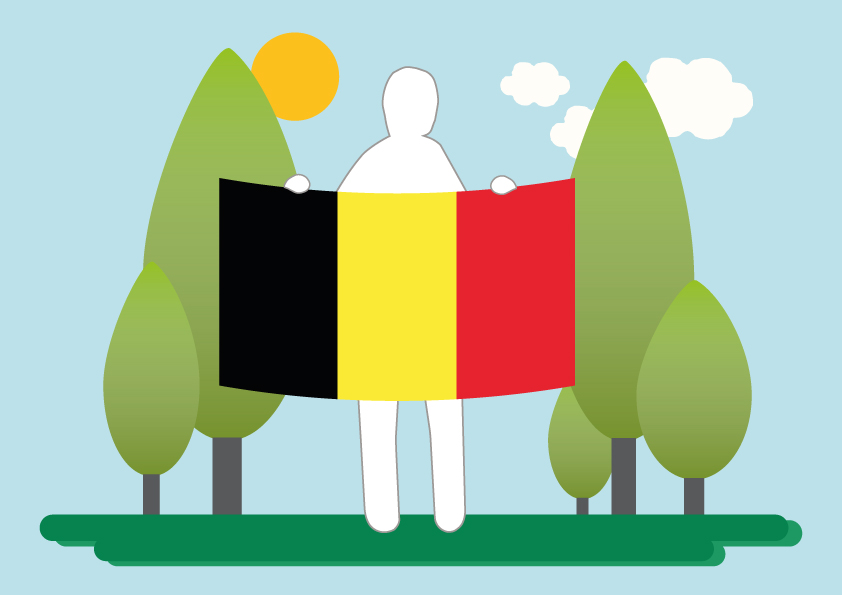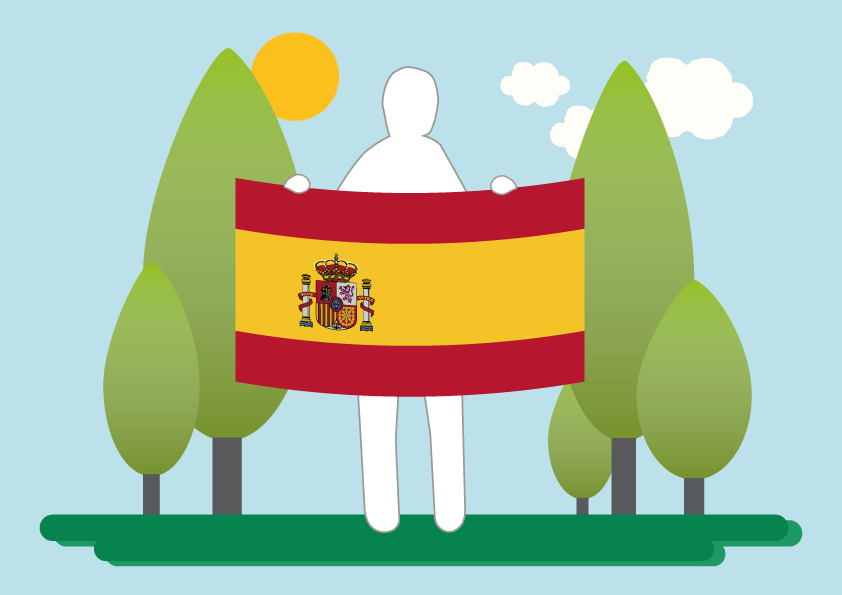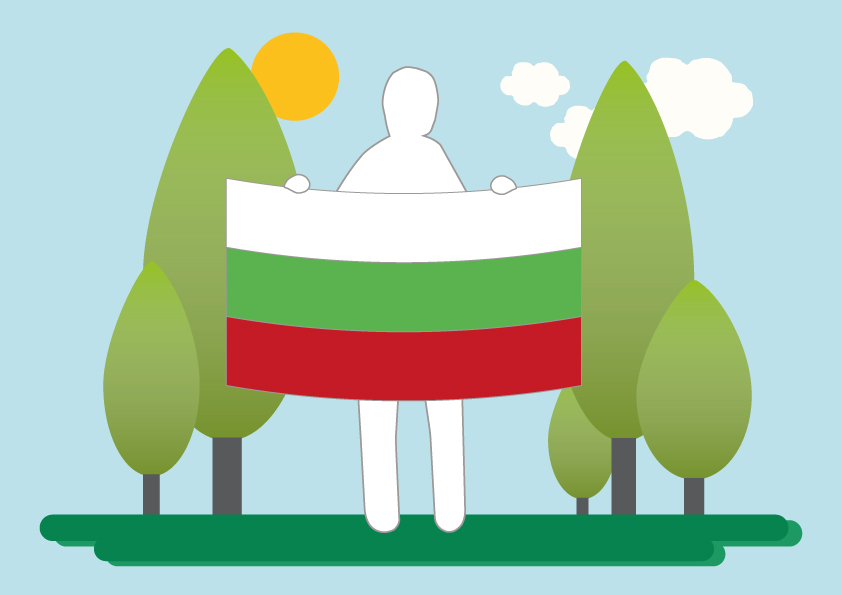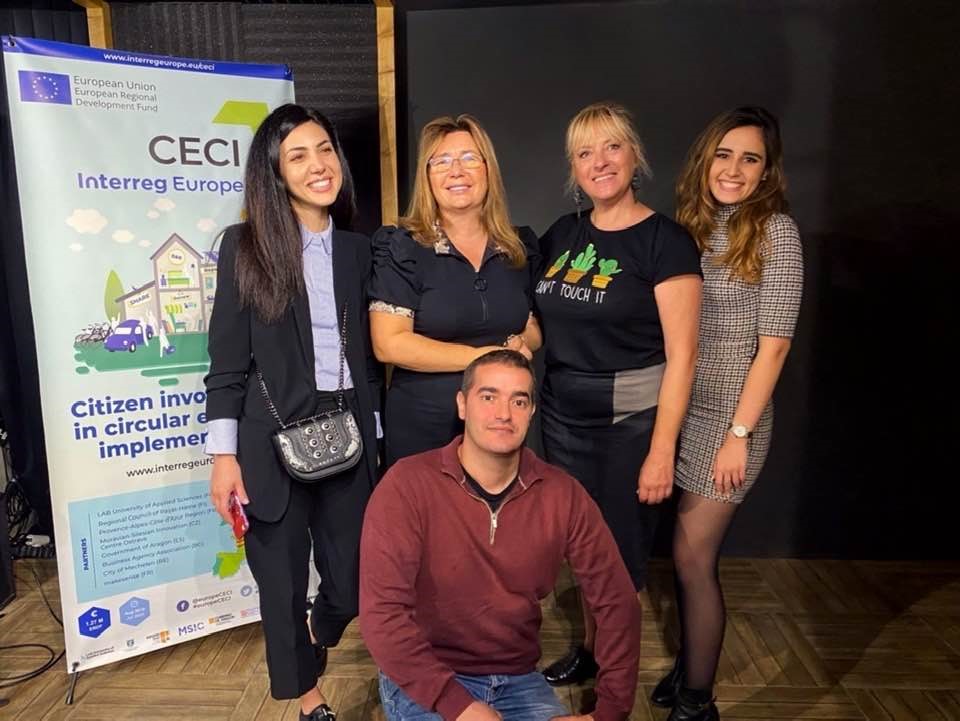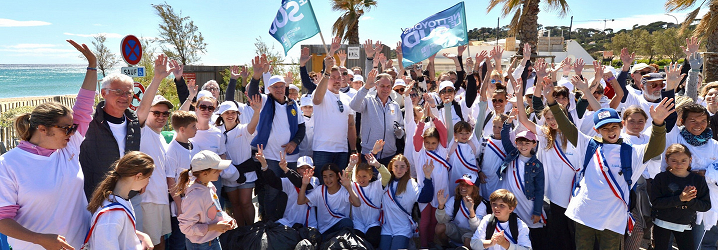CECI project present during EU Green Week
During the breakfast webinars organised by the Flemish Association for Municipalities and Cities (VVSG), the Flemish Institute of Technologisch Research (VITO), Circular Flanders and Möbius Business Redesign as a partner event in the EU Green week, the city of Mechelen introduced how the city integrates circular economy principles in their climate action plan and policy plan for 2020-2025. The city of Mechelen does this in a collaborative process with local stakeholders, while exchanging on this process with, and inspired by good practices of, the European partners within the CECI project.
Concrete initiatives such as the Climate action subsidies, which focus on the neigbourhood approach in fostering circular economy thinking among citizens, have been presented as good practices from the city of Mechelen. As well as the way in which the city wants to set the example by systematically integrating circular principles in the city ’s tendering procedures as well as construction works.
The latter was the focus of the next speaker from another Flemish medium-sized city, namely from the city of Roeselare. Roeselare explained how they are building a new town hall according to circular economy principles, focusing on a selective demolition. Construction material that is mined in the old town hall is reused by the city or given to local organisations who give a second life to the construction materials. A similar selective or soft demolition approach is now undertaken in the reconversion of the former library in Mechelen, which will be turned into a housing district in 2022. Making reuse inventories is still pioneer work so Mechelen works together both with the real estate developer, architect and the current users of the former library, such as the citizen climate collective Klimaan to develop a local approach for the reuse of construction materials with focus on citizen involvement.
This is the way forward, as we learned today from VITO/Energyville’s research that most of the energy - and hence CO2 emission - of the built environment is “grey” or “embodied energy” which is inherent to te use of materials and the transport of those materials, as well the energy that is needed to demolish buildings and send the demolished construction materials to incineration, land fill or even recycling processes, whih also consume energy. When European policies and cities and regions are focusing on renovation in their climate action, circular, neigborhood or citizen-centred approaches to material use have to be an integral part of the systemic change we need to deliver.
